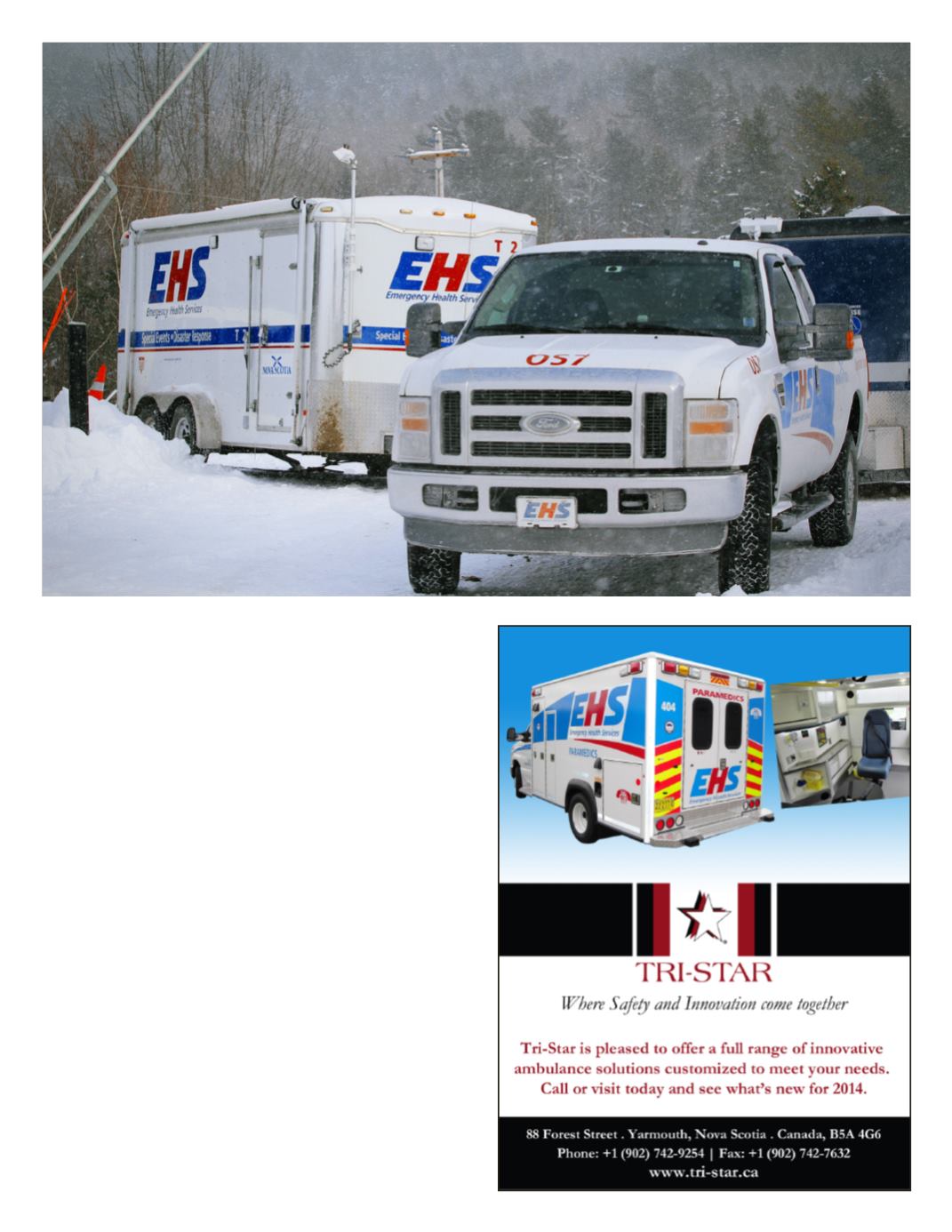
January 2014
| Business World Magazine | 101
ing of simple, scheduled transports from one
facility to another. The other half are of an
emergency or “urgent” variety, along with
1,000 or so requests for air service.
“Everyone in leadership roles has a back-
ground as a clinical practitioner, so we under-
stand patient care and how it’s supposed to
work,” he says. “It is first and foremost about
quality patient care. The second element
is the timing of the service. Of course, the
whole cost and value question is important,
too. Anyone can run a good ambulance ser-
vice if they have an unlimited budget, which
we don’t, so that brings into account the val-
ue and accountability of our operations.”


